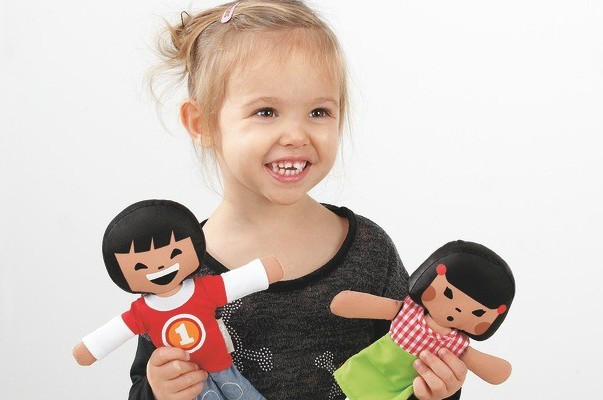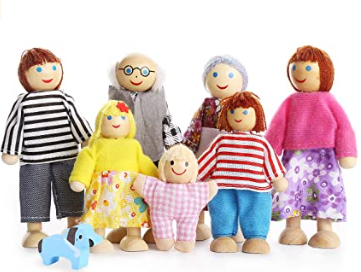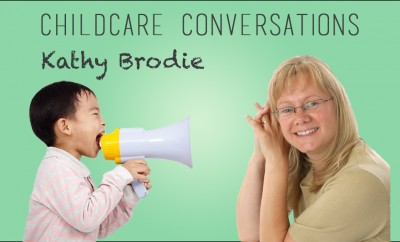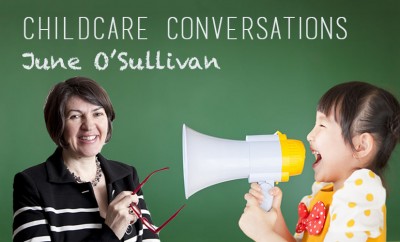
Childcare Environments
How to Encourage Emotional Development
If we consider the emotional development of a child, by teaching them words for anger, fear, sadness, joy, and disgust, we enable them to identify their own emotions. Once they can name their feelings, by the age of 5 or 6 they can begin to overcome them. The role of the adult in this process is fundamental because the emotional part of a child’s brain is still immature and yet to develop. Children at a young age cannot control their emotions without support.
Puppets, dolls and card games are all excellent ways to talk about the topics of emotions and expression. They encourage communication and dialogue based play, which helps mature the brain and develop relationship building skills.
Emotional Development Using Dolls
Psychomotricity practitioner, Mélanie Schneerson, recommends dolls as aids for emotional development, saying, “Dolls encourage the discovery and expression of different emotions. And, with dolls like these EmoTeam Dolls available in a range of styles and colours, children are able to identify themselves within the dolls.”
Mélanie also praised the flexibility of dolls, saying, “They’re ideal to use from an early age and can also be used to act out scenarios, helping children on the autistic spectrum who have a lot of trouble understanding facial expressions and emotions.”








1 Comment
You must be logged in to post a comment Login